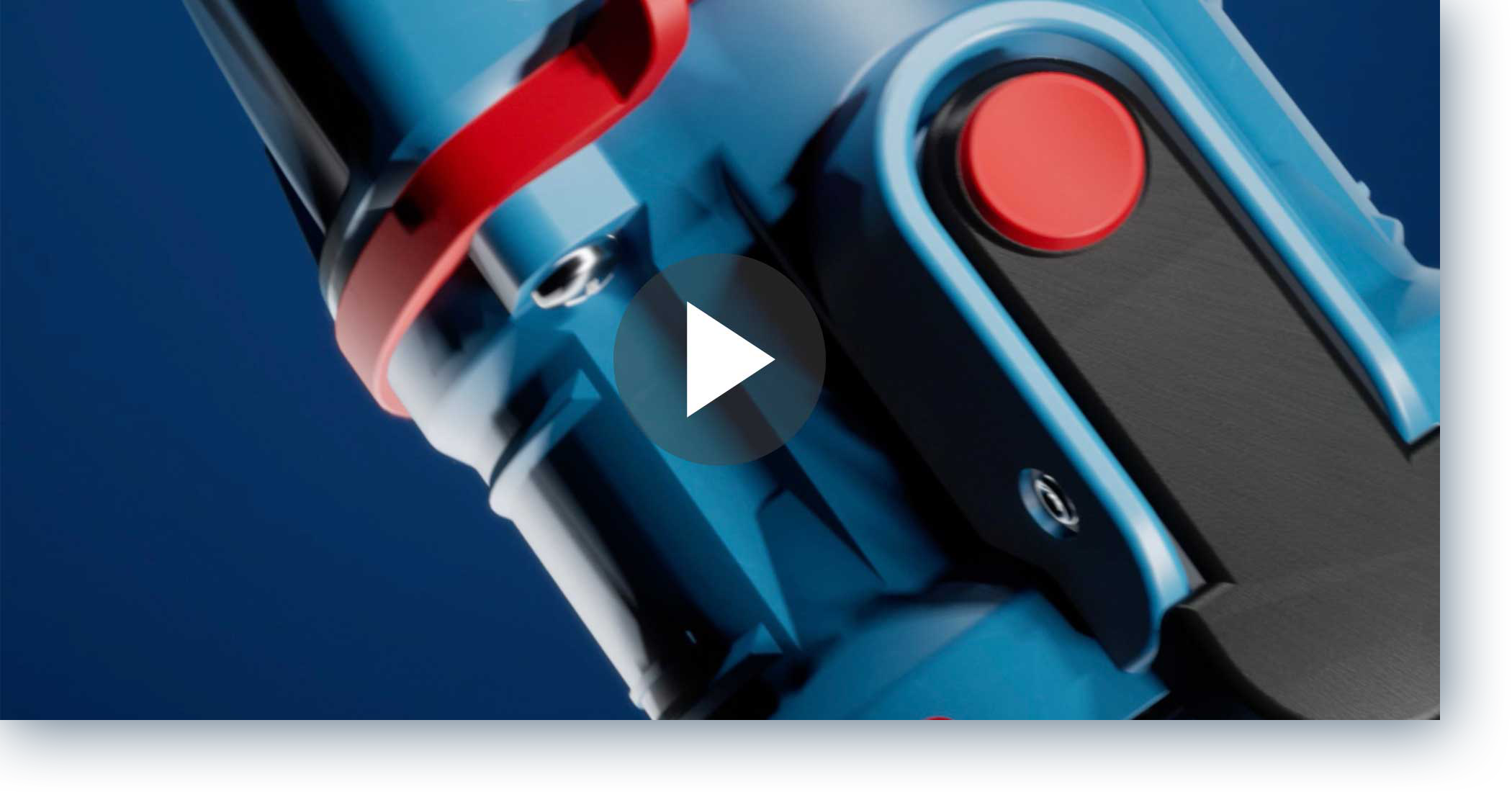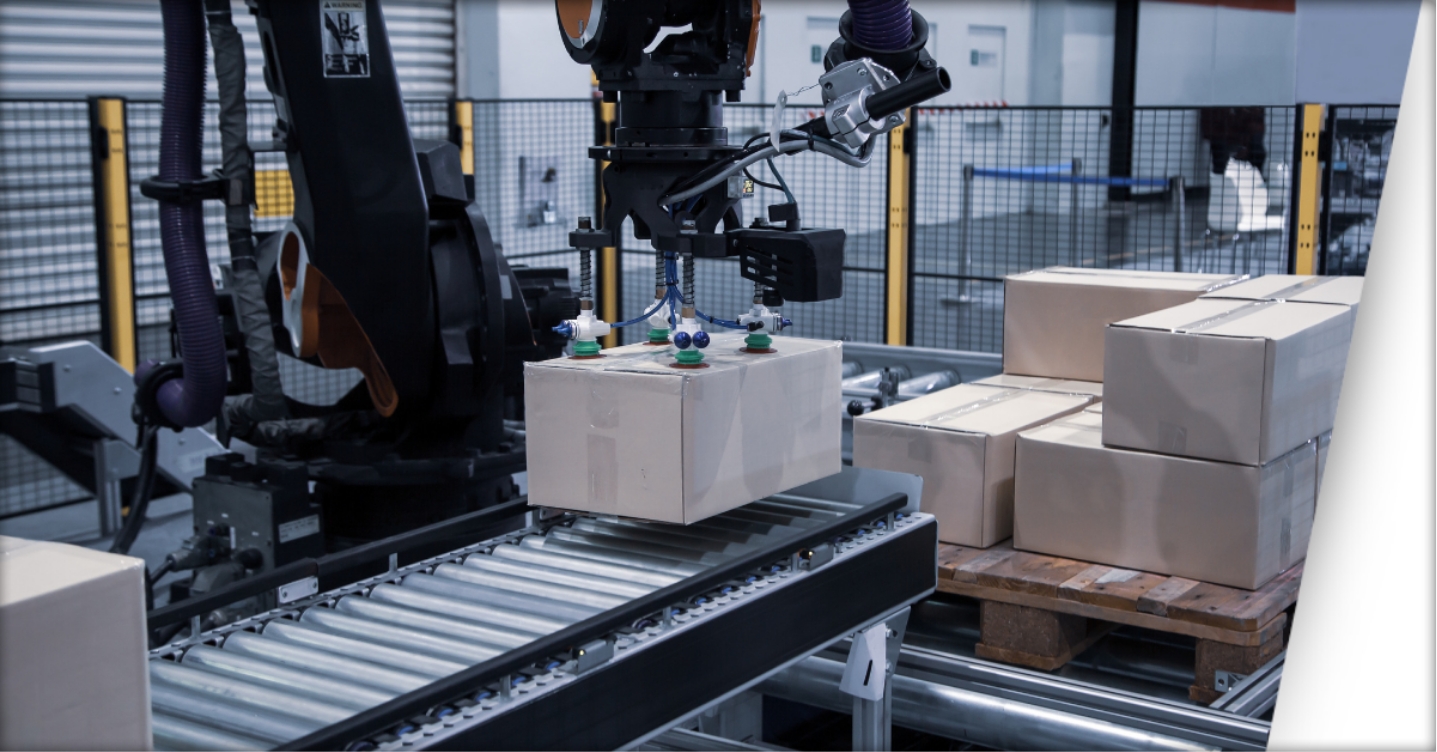THE GROWING POTENTIAL FOR ELECTRIC CHARGING OF REFRIGERATION UNITS
In France, heavy goods vehicles and light commercial vehicles account for 22% and 19% respectively of greenhouse gas (GHG) emissions from the transport sector1, the latter being the sector that contributes most to GHG emissions in France, with almost 31% of the country’s emissions. Potential reductions have already been identified for these types of vehicle. For example, optimising road speed, adding a ‘start and stop’ system alongside the engine or optimising tyre management are effective measures that are easy to implement. Where refrigerated vehicles in particular are concerned, additional measures can be taken to optimise the overall consumption of these vehicles. Refrigerated vehicles fall into the category of heavy goods vehicles or light commercial vehicles. They have simply been transformed by adding an insulating envelope and a refrigeration unit (powered by a diesel engine or connected to the electricity network). As a result, GHG reduction measures specific to refrigerated vehicles focus on the refrigeration units and encourage the use of efficient systems: well-sized refrigeration capacities, improved maintenance processes, better thermal insulation or even the use of a bottle socket. The case of the feeder socket is particularly relevant when you consider that diesel consumption is around 0.4 L/kWh2 of refrigeration capacity. Feeding the refrigeration unit at the quayside when the vehicle is at the depot represents an opportunity to make financial savings and reduce greenhouse gas emissions. Charging an auxiliary battery becomes an advantage and requires the use of appropriate power connectors.
RISKS ASSOCIATED WITH HANDLING ELECTRICAL CONNECTIONS FOR REFRIGERATION UNITS
The use of power connectors on a logistics site always represents a risk for people, goods and the electrical installation itself. Based on its experience, MARECHAL® has identified three main risk categories for which careful management of power connectors can minimise the consequences of an accident or mishandling.
-
Setting a vehicle in motion
A vehicle movement, even if gradual and minimal, can cause a handler to fall from the loading bay or cause objects or goods (loading trolleys, products, etc.) to fall. Vehicle movements can occur, for example, when a driver starts off thinking that a load has been completed. He may also have forgotten to disconnect his bottle socket. These situations can have both human and material consequences in terms of potential damage to the electrical installation.
- Handling power connectors
Over time, the performance of industrial plugs and sockets can be altered by their daily handling. For example, the on-load connection/disconnection cycle creates electric arcs and cable movements cause conductors to loosen. This has consequences for the quality of the electrical installation. The electrical risk may be increased (damaged cables or plug contacts, accessible live conductors) and impair the normal functioning of operations.
- Poor performance even during normal operations
The use of standard products leads to the appearance of standard problems inherent in the technology used. Increased contact resistance and corrosion are defects that are bound to occur with sliding contact technology such as pins and sockets. These defects lead to an increase in temperature at the connection interface, higher power consumption and a shorter life for the products concerned.
MARECHAL® SOLUTIONS
MARECHAL ELECTRIC’s main objectives are to eliminate human error and to make electrical installations safe while allowing you to reduce your consumption. These objectives are what drive the development of MARECHAL® solutions for mobile applications. We provide industrial plugs that take into account the constraints of the field in order to offer the best user experience. All MARECHAL® solutions designed for refrigerated vehicles are designed to allow disconnection on load and automatic ejection of plugs and to reduce contact resistance as much as possible. On-load disconnection and low contact resistance are enabled by the use of silver-nickel pad butt contact technology (DECONTACTOR™ technology and Atex equipment expertise (marechal.com)). As far as self-ejection is concerned, MARECHAL ELECTRIC offers two types of technology: electromagnetic ejection (our RETTBOX® S range) and mechanical ejection.
-
Electromagnetic ejection
RETTBOX® S is an electromagnetic self-ejecting industrial socket-outlet system that offers a whole new experience. It’s a Smart solution with a compact design and logical visual indicators. It’s simple, easy to install and use. It’s a Safe solution thanks to the use of technology proven by MARECHAL ELECTRIC. 
- Mechanical ejection
Our ejection systems consist of a simple hook that is added to the male or female part of a DECONTACTOR™. The cable is connected to this hook by a wire and the hook is released when tension is applied to said cable. This causes the moving part of the plug system to be mechanically ejected. 






